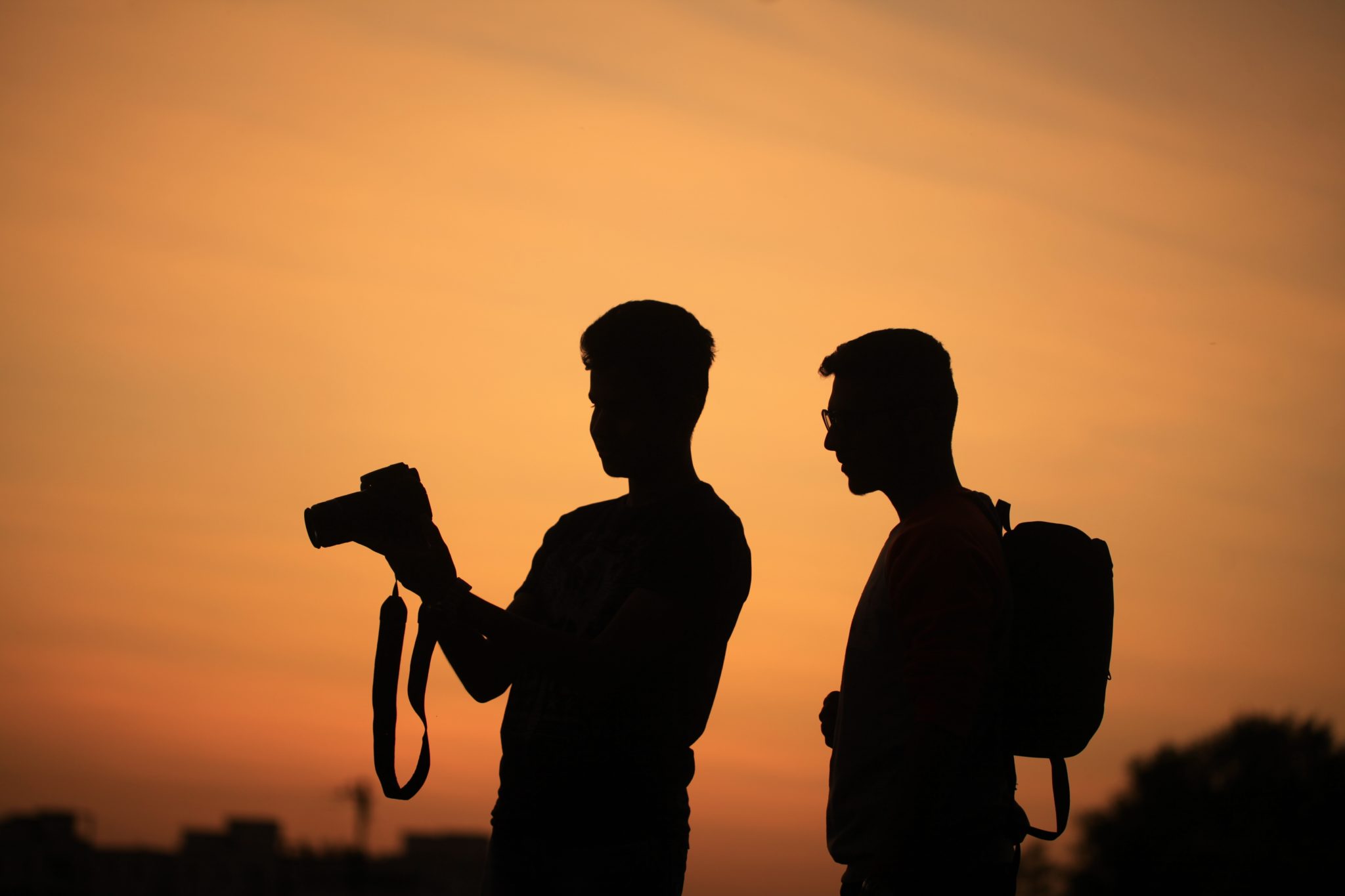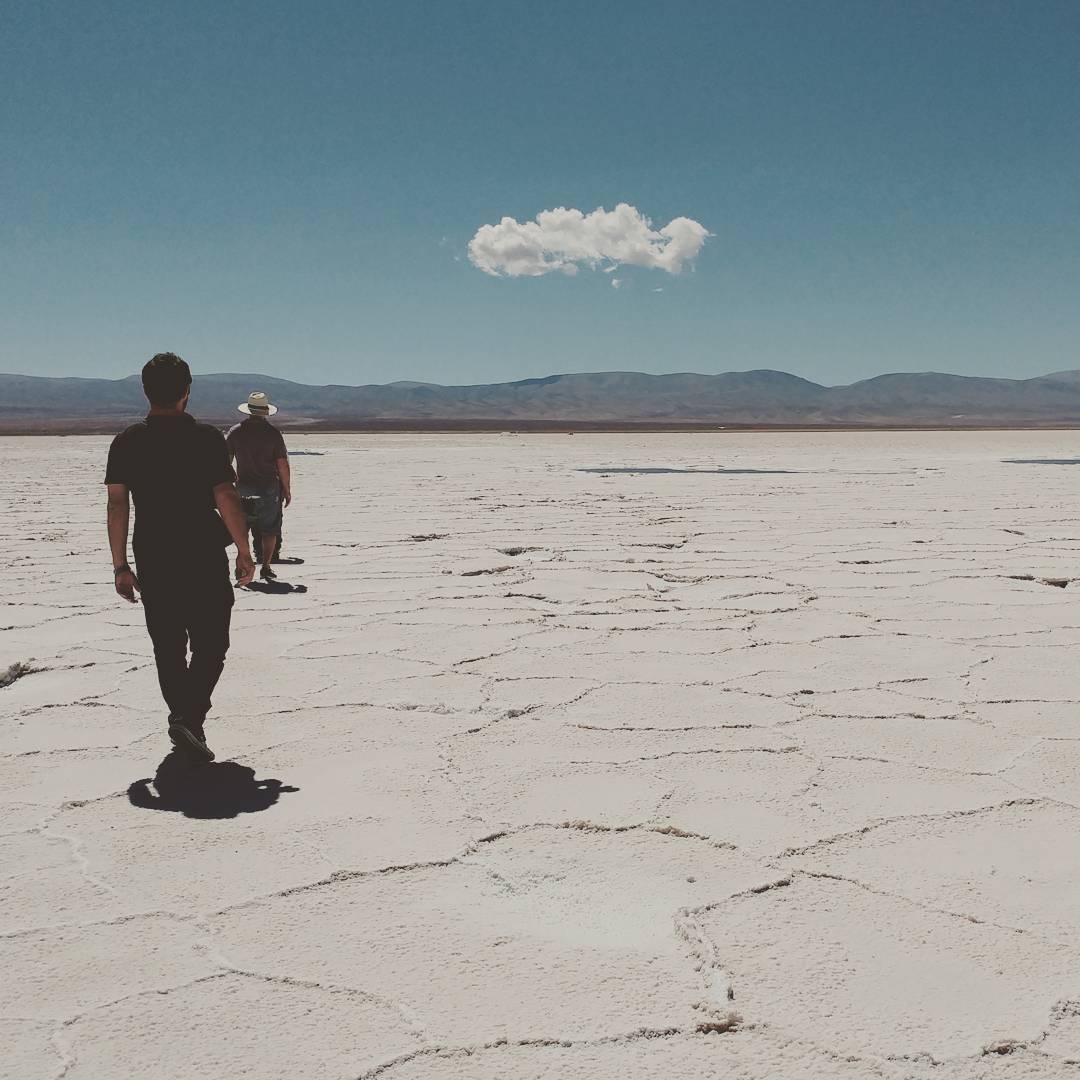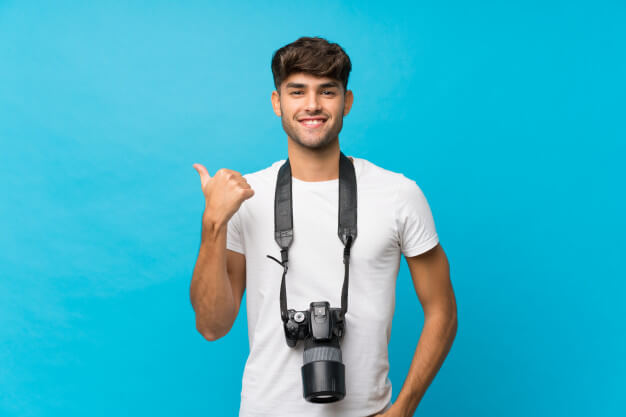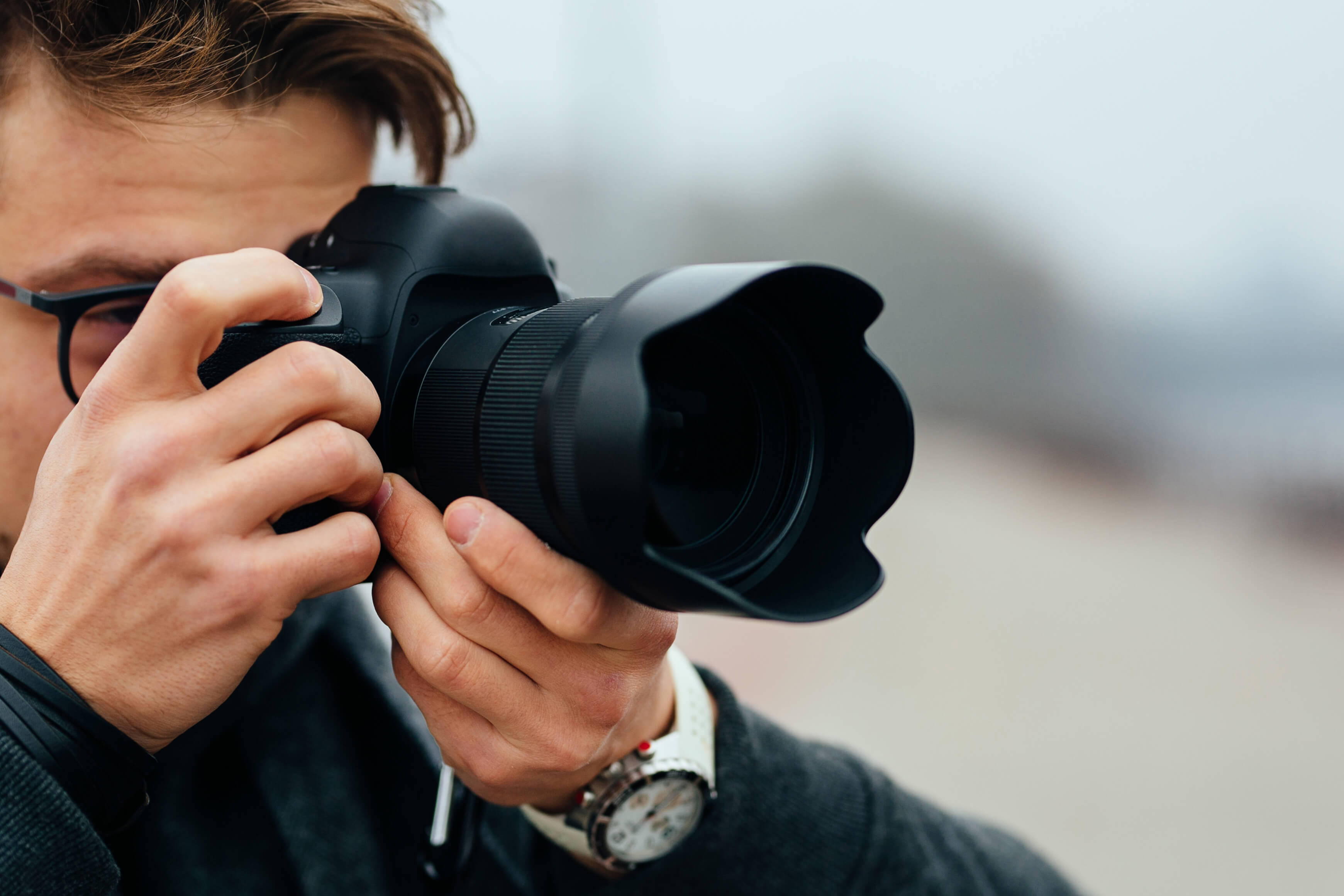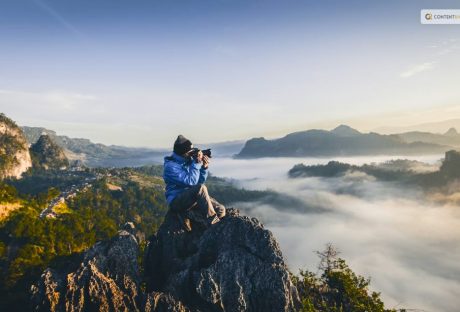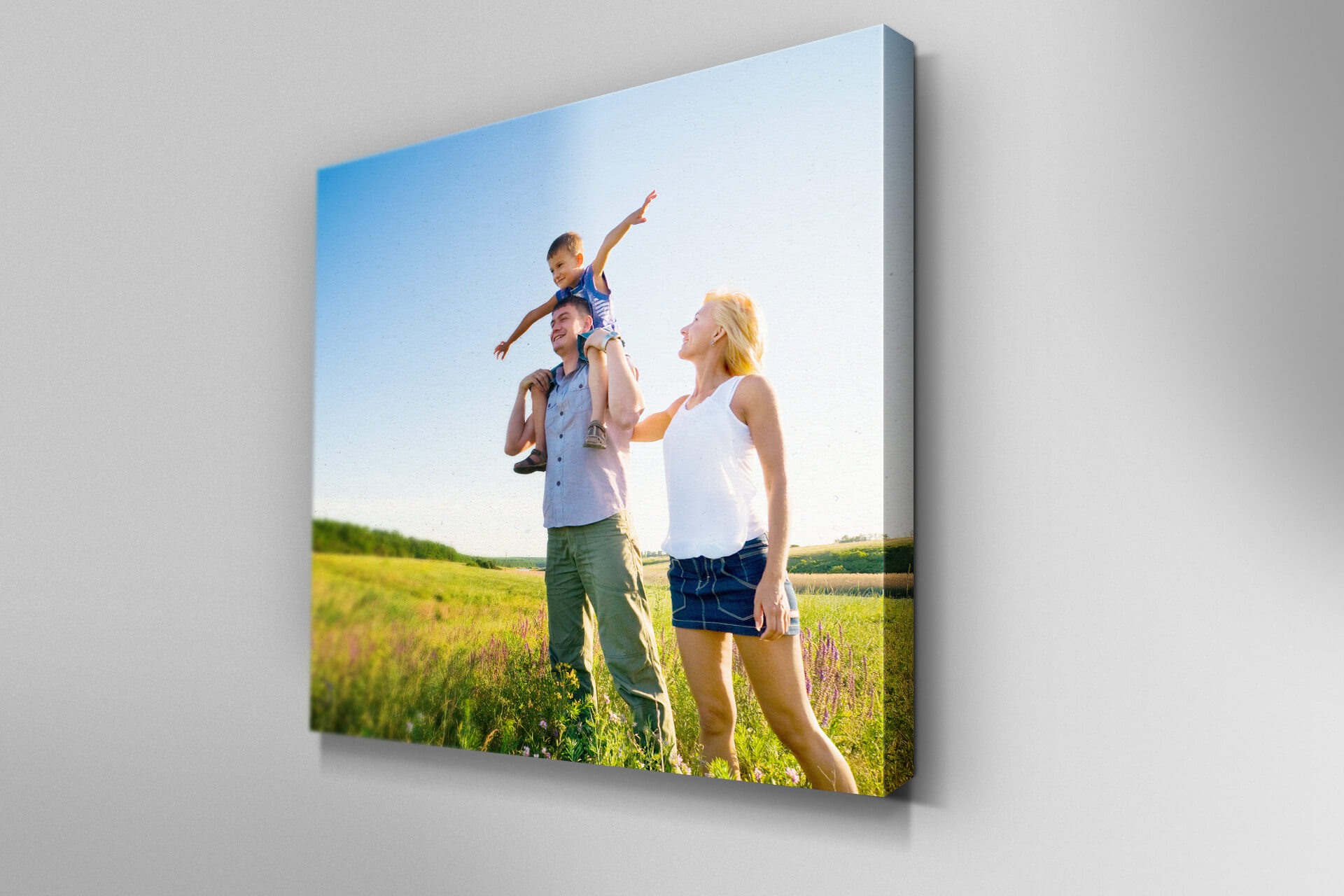A picture is worth a thousand words and yours should tell the exact story that you want to tell the world. You must find ways of having your photos say what you want them to say. Corporate events normally tend to be quite boring and stuffy affairs and this would most likely be captured in the event photos. A boring event captured in a picture would bore even the intended audience but this can be avoided by making use of these few pointers that will ensure your photographs spark the desired interest in your target audience.
Get Creative with Angles :
Assuming that there is no mingling in the event and everyone was seated; it would be quite boring to have many photos of a bunch of people in suits just sitting down. But shooting from different angles and from different perspectives can change all this. It may mean making use of the centerpieces that the event has put in place or it could be you getting shots from outside the room, the possibilities are endless. One just needs to think outside the box.
Keep the Photographer In The Know About the Intended Use of the Photos :
Depending on where you want to use your photographs it is good to always let the photographer know so that they can know exactly how to capture the event. Say if the photos are to be used for the company’s social media profile, then the photographer would know the exact angle to capture them from. The ideal photograph for a company website would be totally different from the one to be used on the social media profile. Letting the photographer know in advance will ensure that you get the most value out of your pictures.
Highlight On Keynote People at the Event :
In the event that there are keynote speakers who are going to grace your event, it is always prudent to let the photographer know in advance so that he/she can capture them in the best light. In the same breath, if there are people who absolutely do not want to be photographed, also let the photographer know in advance so as to not offend anyone intentionally or not. If as the organizer of the event, you are unable to point out the said people, it is well in order to have one of your staff members be the one to show the photographer.
Let the Venue Help You Get a Photographer :
Finding a worthy photographer who can live up to your expectations can be quite a task. Companies like the photo team are professional photographers who exclusively deal with corporate events but if one is unable to retain their services for one reason or another, you can choose to seek help from the event venue. Nowadays, most venues have their in-house photographers or know about good photographers from previous events held on their premises. Getting the venue to recommend a good photographer for your event is quite in order because chances are that he/she has had a photography session within the premises and therefore is aware of the good angles and will advise you accordingly.
Have Fun with Posed Photos :
As mentioned earlier, corporate events can be boring. This does not mean that the event photos have to be boring as well. Having fun with attendees of a corporate event will oftentimes have them loosen up a whole lot more and this will give your photos a whole new flair as opposed to the traditional grip and grin type of photos common with serious events. Be fast about posing for the photos though because you do not want to delay the event or hold the attendees longer than necessary.
Getting creative with photography takes skill and experience and unfortunately, not all photographers have these. It is best to seek the services of a professional event photographer who will give you exactly what you seek in your event photos.
Read More :













